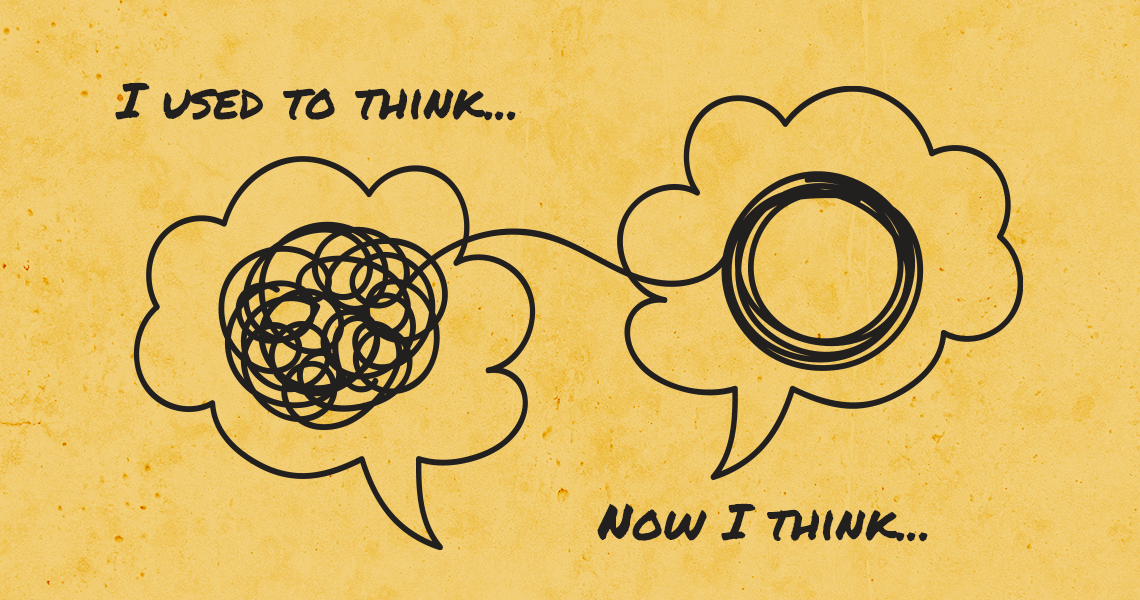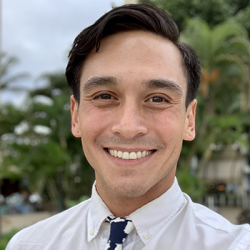
This post is Part 2 of 3 – see Part 1 and Part 3 (coming soon). In this series, I explore how teachers shift their mindset about PBL and how it can promote educational equity.
We end our workshops—like the PBL 101—with an adapted version of Project Zero’s thinking routine called "I Used to Think… Now I Think…" to invite teachers to identify previous misconceptions about PBL. It’s part of the workshop's reflection process for participants, and provides us with feedback on our curriculum and my facilitation. This post focuses on the following commonly-seen reflection:
I used to think PBL was primarily focused on an impressive final product…
While the public products in projects like the Water Quality Project are polished, revised, and score highly on a rubric, the intention of equity-focused project designers is often longer lasting than one final product. In fact, our Seven Essential Project Design Elements remind us that the public product is only one part of effective PBL.
These elements echo another prompt from Zaretta Hammond’s keynote at PBL World 2020, where she reminds us that, “Just doing the project is not enough. Where will you make time and space to take a step back? … This is the idea of iteration. Things will go wrong. How do you get students to be reflective, and not just of what went wrong, but their ability to change their learning moves?”
For Hammond and other culturally responsive educators, when we focus solely on the final product, we fail to identify and facilitate the learning opportunities that will help our students become independent learners - both in and out of the classroom. And, if there was ever a time when we needed to teach our students this skill, it is now.
Dr. Chris Emdin, another keynote speaker at PBL World 2020 and a former professor of mine at Teachers College, Columbia University, puts the argument for equity-focused PBL this way: “If the projects that the young folks are creating are not addressing racism, not addressing their realities and their experiences, they’re not speaking truth to power about how they are being harmed by this moment, about how they’re still trying to make sense of this moment, then we’re not doing the work.”
Emdin's call-to-action reminds us that equity-based PBL starts long before students’ entry event into the project and long after their public product is presented. In his book For White Folks Who Teach in the Hood… and the Rest of Y’all Too: Reality Pedagogy and Urban Education, Dr. Emdin makes a similar call to action for urban teachers to learn more about their students’ interests, passions, communities, families, and overall realities, in order to best understand and meet their students’ cognitive strengths and needs.
Dr. Emdin's Seven Cs for Effective Teaching give teachers a framework for developing their knowledge of students, and increasing the design element of authenticity in their projects. However, in order to best understand both the needs (and more importantly, the strengths) of their young learners, both keynote speakers encourage teachers to immerse themselves in the collectivist culture that encompasses their students when they walk outside the classroom walls. And during a time when there may not be classroom walls at all, it is even more important to try and understand where both the trauma and the healing that is happening in young people’s communities right now.
When taking this two-pronged approach toward assessing both needs and strengths of students’ mental health, equity-focused PBL designers can create a space for what Dr. Shawn Ginwright calls healing centered engagement. Rather than focusing exclusively on trauma as something that is wrong or has happened to you and your community, healing centered engagement allows young people to move toward the transformational question of what is right with themselves and their communities.
Projects such as March Through Nashville not only allow students to understand and contextualize the experience of the Black community in Nashville, but also allow students to see heroes that look like them, have fought for justice in their community, and need to have their stories told to inspire a future generation.
This project's equity-focused teacher does not simply jump to the public product of developing a virtual civil rights museum app. Instead, she helps students first contextualize the “why”; take control of their learning moves and actions with voice and choice; reflect on an iteration through feedback and revision; then finally present their public product to challenge injustice. In her book We Want to Do More Than Survive: Abolitionist Teaching and the Pursuit of Educational Freedom, Dr. Bettina Love supports this process and reminds us that, “Any pedagogy that does not help teachers contextualize students’ reality is inadequate because no student is solely responsible for their reality. Any pedagogy that does not challenge injustice is useless, because survival is not the goal.”
Both Dr. Emdin and Dr. Love encourage equity-focused PBL designers to address students’ realities with our curriculum and pedagogy. And our students’ current realities range from shelter-in-place due to COVID-19; to displacement due to natural disaster; to disproportionately high rate of deaths in their community due to lack of resources; to continued deaths of Black people at the hands of police officers; to protests in cities across the country and world; to an upcoming election that may divide the nation; to eight hours of online instruction per day; and finally, to the shattered dreams of rites of passage such as prom, graduation, college, and extracurricular activities. The role of an educator must shift away from designing public products that do not relate to the lived experiences, realities, traumas, and dreams of our students. As Dr. Emdin says, we must solicit collaboration to be co-teachers with our students. Only then can we understand and meet their needs, and celebrate their strengths.
… Now I think that a project is only as effective as its ability to engage, empower, and extend the learning and reflection process for ALL learners.
In Part 3 of this series, I'll focus on how “I used to think PBL was another buzzword in education, and mirrored any other assessment I have given or received," and how this idea of “any other assessment” fails to prepare all learners.

